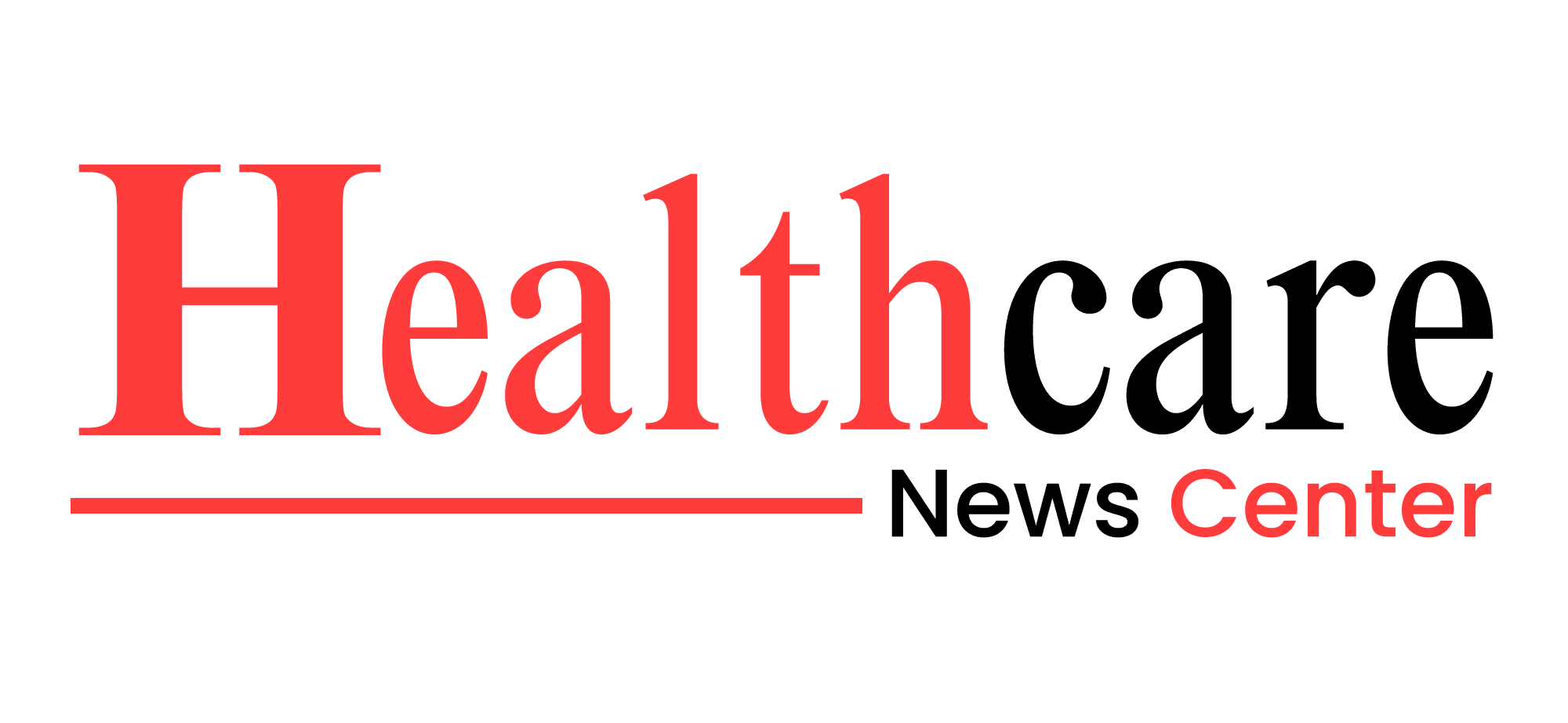In times of economic uncertainty or personal hardship, government financial assistance programs offer crucial support to individuals and families in need. These programs, administered by various government agencies, provide a range of resources designed to alleviate financial stress and promote stability. Understanding the available financial help solutions can make a significant difference in managing financial challenges effectively.
Types of Government Financial Assistance
Government financial assistance encompasses a broad spectrum of programs aimed at supporting different aspects of financial need. These programs can be broadly categorized into direct financial aid, benefits for specific populations, and funding for essential services.
Direct Financial Aid
Direct financial aid programs provide immediate monetary support to individuals facing economic difficulties. One of the most well-known forms of direct financial aid is unemployment benefits. This program offers temporary financial assistance to individuals who have lost their jobs through no fault of their own. According to the U.S. Department of Labor, unemployment insurance provides vital income to approximately 1.2 million Americans each month. For more information on how to apply for unemployment benefits, visit CareerOneStop’s Unemployment Benefits page.
Additionally, the Supplemental Security Income (SSI) program supports low-income individuals who are aged, blind, or disabled. SSI benefits help recipients cover basic needs such as food, clothing, and shelter. As of 2024, SSI benefits provide critical support to over 8 million Americans, highlighting the program’s importance in maintaining financial stability for vulnerable populations. To learn more about SSI and determine eligibility, visit the Social Security Administration’s SSI page.
Benefits for Specific Populations
Government assistance programs often target specific groups, including veterans, seniors, and low-income families. For example, the Veterans Affairs (VA) provides financial aid to veterans and their families through pensions, disability compensation, and educational benefits. The VA’s benefits are essential for supporting the well-being of those who have served in the military, with over $200 billion allocated to veterans’ programs annually. To explore the various benefits available to veterans, visit the VA Benefits page.
The Supplemental Nutrition Assistance Program (SNAP), formerly known as food stamps, offers support to low-income families and individuals to help them afford nutritious food. In 2023, SNAP assisted approximately 41 million Americans, demonstrating its critical role in addressing food insecurity. For information on how to apply for SNAP benefits, visit the SNAP Benefits page.
Funding for Essential Services
Government financial assistance also includes funding for essential services such as healthcare and housing. The Affordable Care Act (ACA) expanded access to health insurance through subsidies and Medicaid expansion. These provisions aim to make healthcare more affordable and accessible, benefiting millions of Americans. According to the Centers for Medicare & Medicaid Services (CMS), over 20 million people gained health coverage due to the ACA’s expansion efforts. For more details on health insurance options under the ACA, visit the HealthCare.gov website.
Housing assistance programs, such as those administered by the U.S. Department of Housing and Urban Development (HUD), provide support for low-income individuals and families to secure affordable housing. The Housing Choice Voucher Program, commonly known as Section 8, helps eligible families cover rent costs, ensuring stable housing and reducing homelessness. To find more information about HUD programs and apply for housing assistance, visit the HUD Housing Assistance page.
How to Access Government Financial Help
Navigating government financial assistance programs can be complex, but various resources are available to help individuals understand and access these benefits. Government websites, such as Benefits.gov, offer comprehensive information on available programs and eligibility requirements. Additionally, local community organizations and non-profits often provide assistance with application processes and referrals to appropriate programs. Organizations like United Way and 2-1-1 can connect individuals with local resources and support services.
It’s important for individuals seeking financial help to gather necessary documentation, such as proof of income, identification, and residency information, as these are typically required for eligibility determination. Staying informed about application deadlines and program updates is also crucial for maximizing the benefits of available assistance.
Conclusion
Government financial help solutions play a vital role in supporting individuals and families facing economic challenges. From direct financial aid and targeted benefits to funding for essential services, these programs provide crucial resources for maintaining financial stability and improving quality of life. By understanding and accessing these resources, individuals can navigate financial difficulties more effectively and achieve greater economic resilience. As financial needs evolve, the continued development and accessibility of government assistance programs will remain essential in supporting the well-being of communities across the nation.

